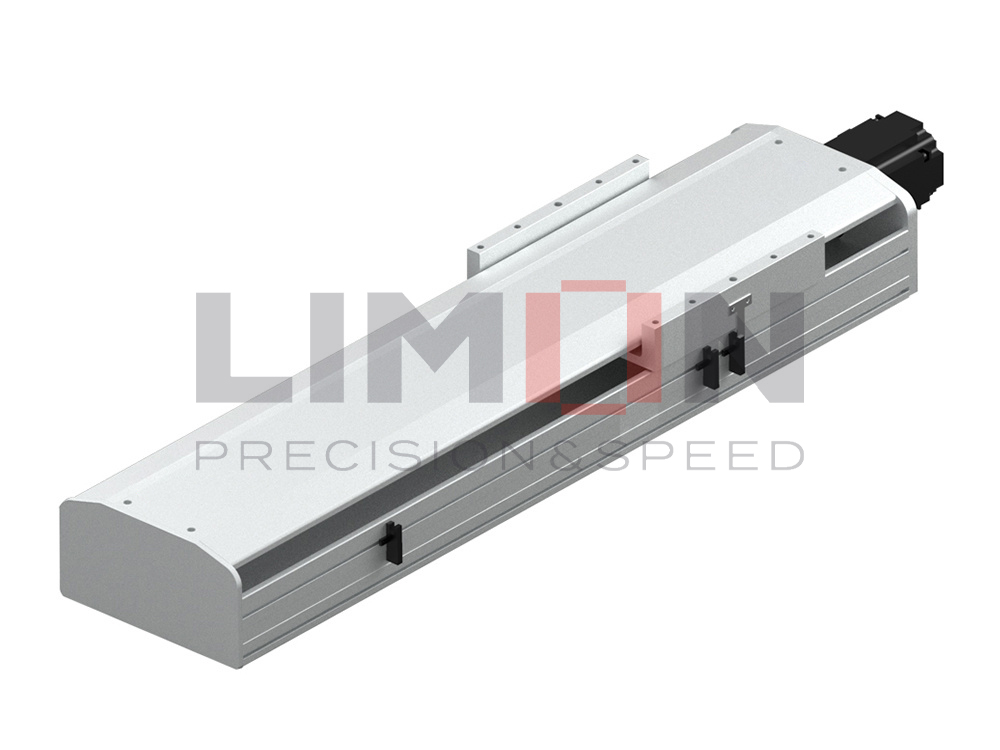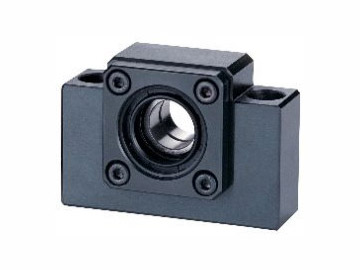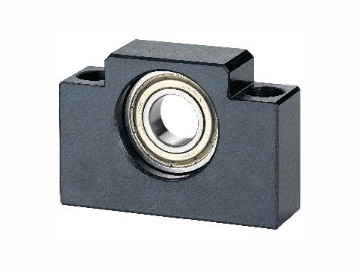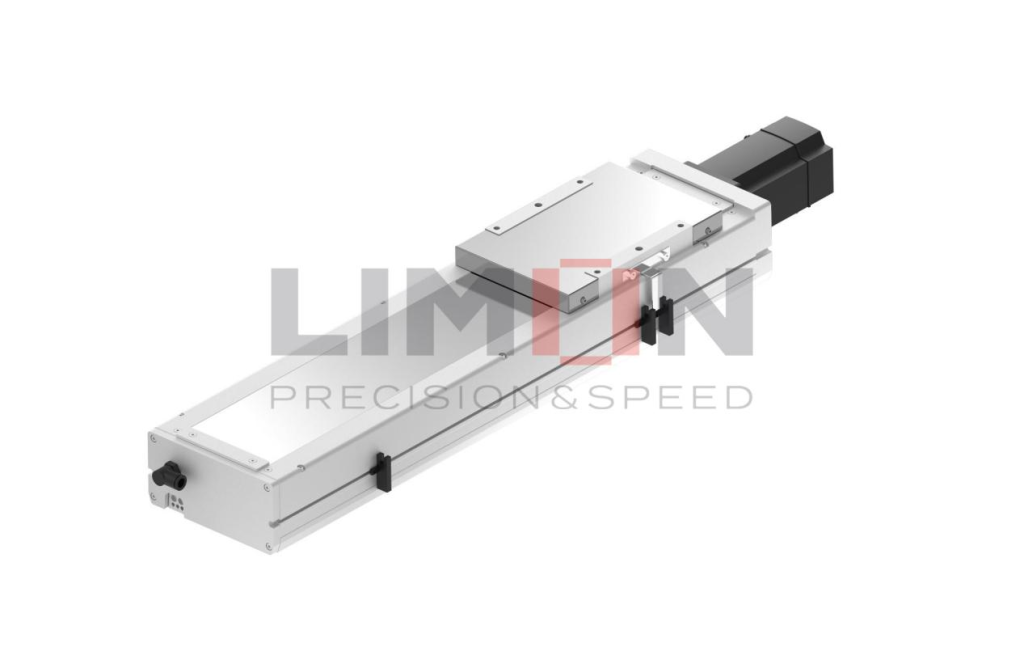Poor component choice in motion systems leads to inefficiency, high maintenance costs, and premature failure. Choosing between lead screws and ball screws is critical—this guide explains everything.
Ball screws and lead screws are two common linear motion components with unique designs, performance characteristics, and applications. Understanding their differences ensures optimal performance, durability, and cost-effectiveness.
Keep reading to discover which screw type best fits your motion system.
What is a ball screw?
A ball screw is a mechanical device that converts rotary motion into linear motion with high efficiency and minimal friction. It consists of a screw shaft, a ball nut, and a series of recirculating ball bearings that roll between the threads of the screw and nut.
The key advantage of ball screws lies in their rolling contact, which reduces friction to as low as 0.003. This makes them ideal for high-precision and high-speed applications such as CNC machinery, robotics, semiconductor equipment, and automated inspection systems.
Ball screws also feature:
High efficiency (over 90%)
Excellent positional accuracy
Capability for preload to eliminate backlash
Long service life with proper maintenance
What is a lead screw?
A lead screw, also known as a power screw, converts rotary motion into linear motion using sliding contact between the screw and nut threads. Unlike ball screws, lead screws do not have rolling elements and rely on direct metal-to-metal contact, which results in higher friction.
This increased friction can be beneficial in certain applications, especially those requiring self-locking behavior, such as vertical lifts or manual positioning devices. Lead screws are generally simpler in design and more cost-effective than ball screws.
Lead screw characteristics include:
Lower efficiency (typically 20% to 70%)
Less suitable for continuous high-speed applications
Quieter operation at low speeds
No ball bearings, resulting in higher wear
What are the key differences between ball screws and lead screws?
The primary differences between ball screws and lead screws lie in their design, performance, cost, and use cases:
| Feature | Ball Screws | Lead Screws |
|---|---|---|
| Friction | Very low (rolling contact) | High (sliding contact) |
| Efficiency | High (90%+) | Lower (20–70%) |
| Accuracy | High | Moderate |
| Load Capacity | Higher | Lower |
| Self-locking | No (needs brake or motor holding) | Yes (often self-locking) |
| Cost | Higher | Lower |
| Maintenance | More complex | Simpler |
| Noise | Louder at high speeds | Quiet at low speeds |
Ball screws outperform lead screws in terms of precision, speed, and load capacity, while lead screws are preferred for cost-sensitive and low-duty-cycle applications.
Benefits of using lead & ball screws
Ball Screws:
Ideal for automation and CNC due to precision and repeatability.
Longer life expectancy with consistent performance.
Customizable preload for zero backlash.
Excellent for high-load, continuous-duty environments.
Lead Screws:
Cost-effective and simple to implement.
No external braking system needed in vertical applications.
Lower maintenance due to fewer components.
Good for low-speed or intermittent motion systems.
Choosing the right screw type depends on whether the design prioritizes precision and efficiency (ball screw) or simplicity and cost (lead screw).
Applications & Uses
Ball screws and lead screws are both used in linear motion systems, but their applications differ based on performance requirements:
Ball Screws Applications:
CNC milling and lathes
Robotics and automation systems
3D printing and laser cutting
Semiconductor assembly and inspection
High-precision medical imaging devices
Lead Screws Applications:
Manual adjustment stages
Low-duty actuators and jacks
Hospital beds and medical lifts
Office automation (e.g., printers and scanners)
Low-speed packaging machinery
In high-precision or high-load environments, ball screws are superior. Lead screws are preferred for light-duty or intermittent-use cases where cost and self-locking are essential.
Sizes & Materials
Both screw types are available in various sizes and materials depending on the application:
Sizes:
Standard ball screw diameters: 4 mm to 80 mm+
Lead screw diameters: 6 mm to 50 mm+
Lead sizes (pitch): customizable based on speed vs. force trade-offs
Materials:
Ball Screws: Typically made from hardened steel or stainless steel for durability and precision.
Lead Screws: Made from stainless steel, carbon steel, or even plastic for light-duty applications.
Nut materials:
Ball nuts: Typically steel with or without wipers.
Lead screw nuts: Can be made from bronze, acetal, PTFE composites, or steel, offering varying wear resistance and self-lubrication properties.
Material choice affects load capacity, wear resistance, and corrosion protection—factors that impact performance and lifespan.
Summary
Choosing between ball screws and lead screws depends on precision, speed, load, and budget. Understand their differences to pick the ideal motion solution.For further questions please contact [email protected]





